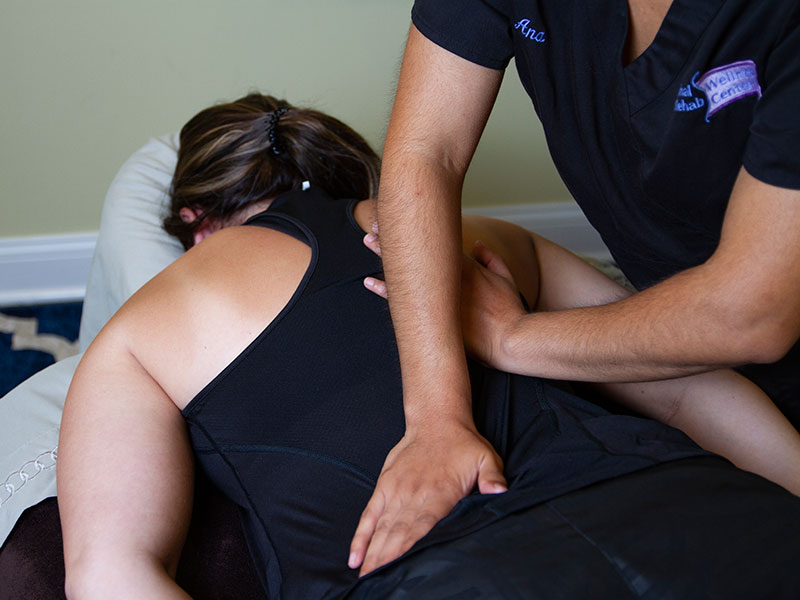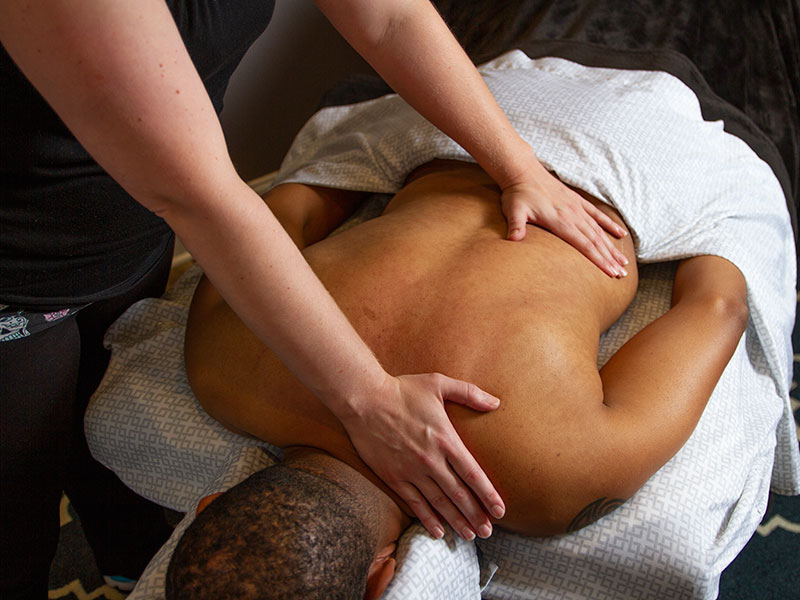Massage Therapy
Massage is the art form of treating the human body, mind and soul with the integration of effleurage, Myofascial release, trigger point therapy, and many other therapeutic techniques our team of experts are trained in. Massages are usually performed to relieve muscle stiffness, spasms, or cramps and to relieve anxiety and tension. Simply put, massages feels good and are beneficial to your health. When muscles are stressed, they block oxygen and nutrients, leading to inflammation that builds up toxins in the muscle tissue.
There are many different types of massages. The types of massages are generalized to their origin (eastern and western). Some of the most common Eastern types are:
- Shiatsu, Acupressure, and Polarity.
- Eastern types of massages involve an understanding of the body's energy.
Some of the common Western types are:
- Swedish, Neuromuscular Therapy, Trager, Myofascial Release, and Connective Tissue Therapy.
- Western types are based in an anatomical understanding of our body.
- Each person responds differently to massage and there isn't just one style which is best for all.

Massage stimulates physical and emotional healing by literally providing Physical therapy on the part of the body that is being massaged and through stimulation of the lymphatic system. The lymphatic system carries waste products out of your body and defends your body against infection.

Another form of massage is known as Deep Tissue which focuses on the deeper layers of muscle tissue. It aims to release the chronic patterns of tension in the body through slow strokes and deep finger pressure on the contracted areas, either following or going across the fiber's of the muscles, tendons and fascia. Deep tissue massage is used to release chronic muscle tension through slower strokes and more direct deep pressure or friction applied across the grain of the muscles not with the grain. Deep tissue massage helps to break up and eliminate scar tissue.
Two considerations for Deep Tissue massages:
- They usually focuses on more specific areas and may cause some soreness during or right after the massage and will fade, leaving you feeling even better than ever within a day or two.
- A deep-tissue massage helps loosen muscle tissues, release toxins from muscles and get blood and oxygen circulating properly. Because many toxins are released, we recommend drinking plenty of water afterwards to help eliminate these toxins from the body.
Massage therapy is a combination of therapies that can help with recovery of injured muscles or daily stress tightness. Some of the techniques we use are based on pain toleration:
Instrument-Assisted Soft Tissue Mobilization (IASTM)
is a therapeutic technique that uses specific applied instruments to promote mobilization and blood flow to areas that are restricted. Restricted or adhered myofascial tissue and/or scar tissue are the primary tissues addressed with its application. Great technique for athletes, office workers (receptionist).
Trigger Point Release Therapy
Myofascial Made Simple. The word myofascial means muscle tissue (myo) and the connective tissue in and around it (fascia). Myofascial pain often results from muscle injury, stress or repetitive strain. Muscles often form trigger points, like contracted knots, that cause pain and tightness. All our patients will benefit from this therapy due to the daily stress that can lead to tightness in different areas of our body.
Myofascial Release
is a manual technique for stretching the fascia. Fascia is located between the skin and the underlying structure of muscle and bone, it is a web of connective tissue that covers and connects the muscles, organs, and skeletal structures in our body. Injuries, stress, trauma and poor posture can cause restriction to fascia, and the goal of myofascial release is to release fascia restriction and restore its tissue.
Cross-fiber friction techniques
is applied to create a stretching and broadening effect in large muscle groups; or on site-specific muscle and connective tissue, deep transverse friction is applied to reduce adhesions and to help create strong, flexible repair during the healing process.
